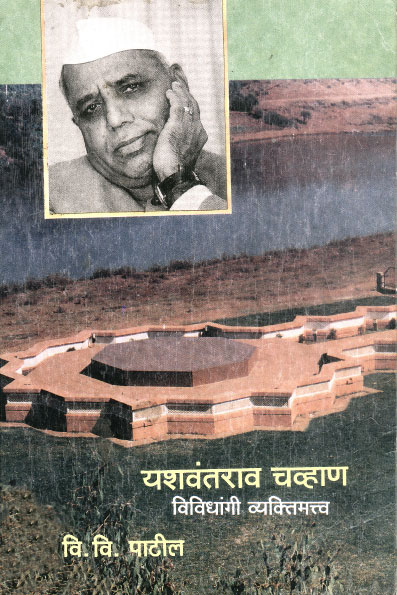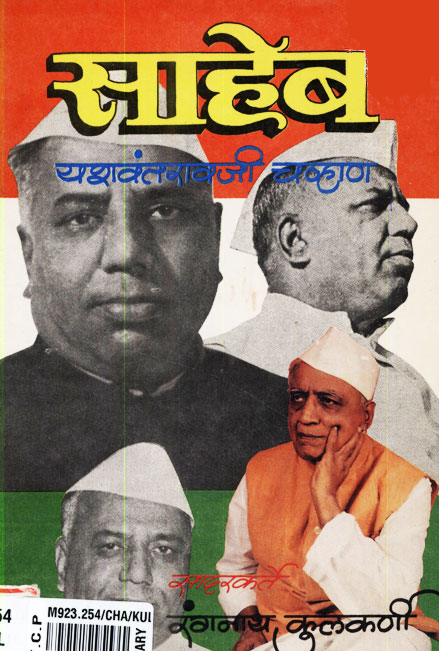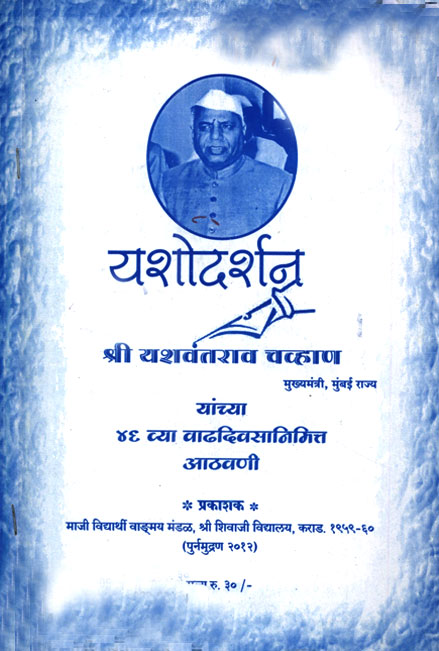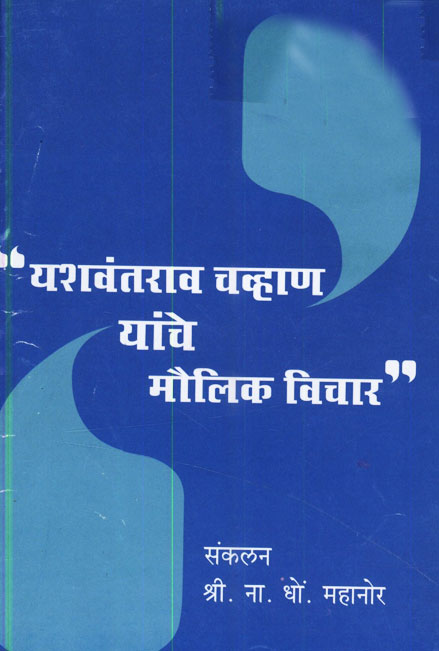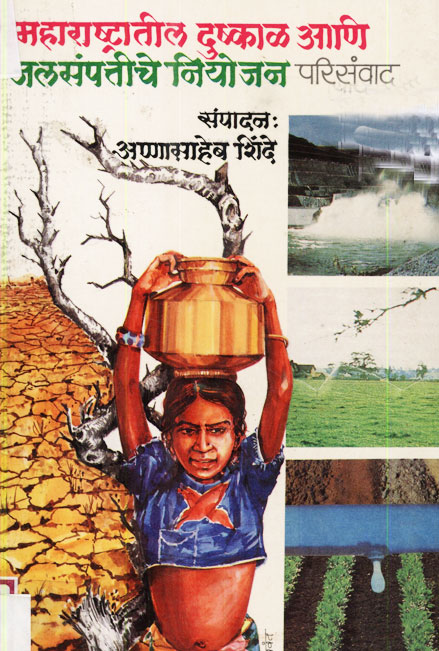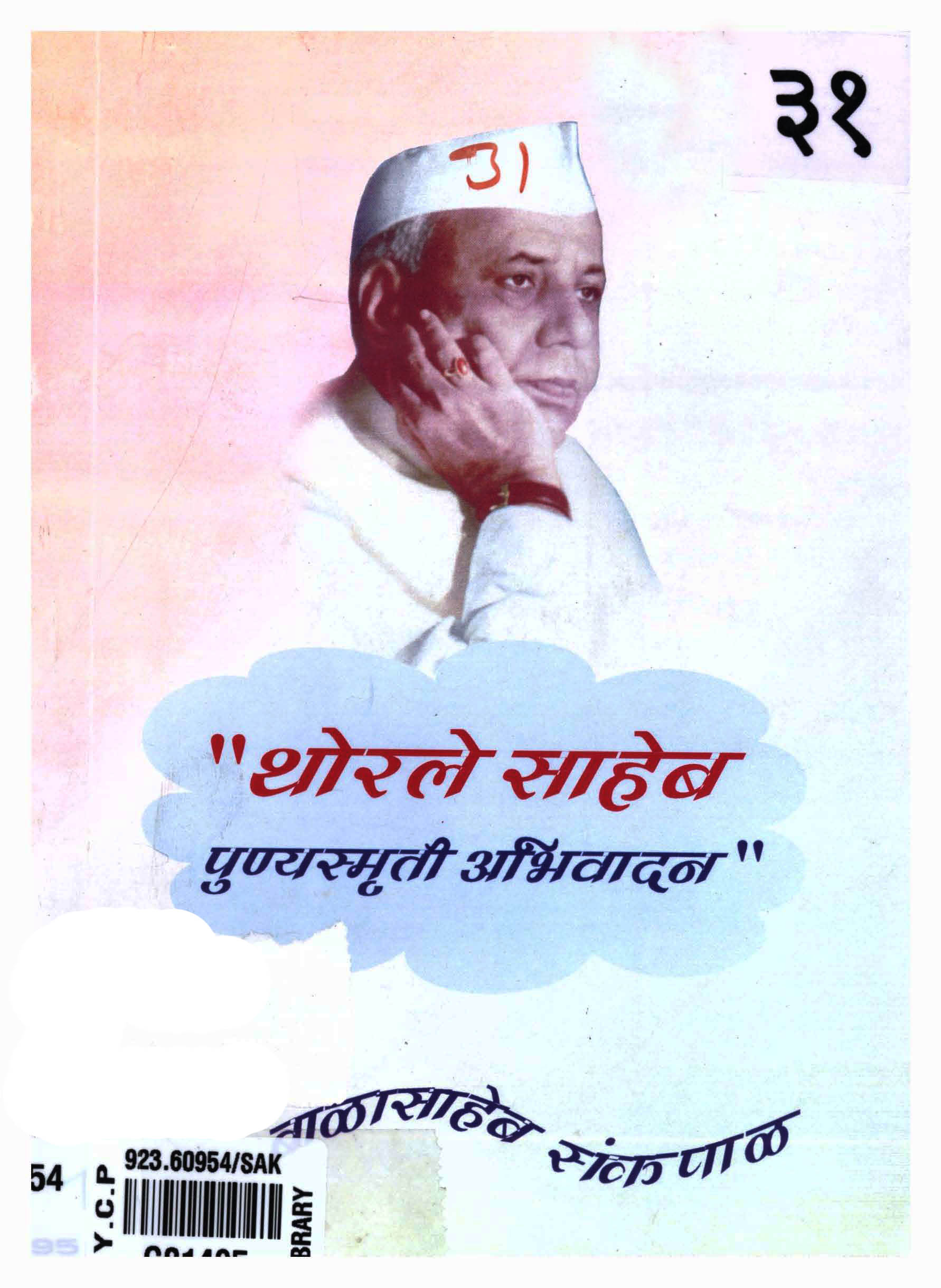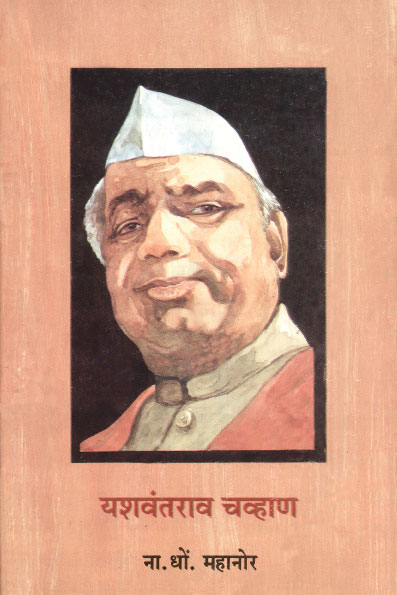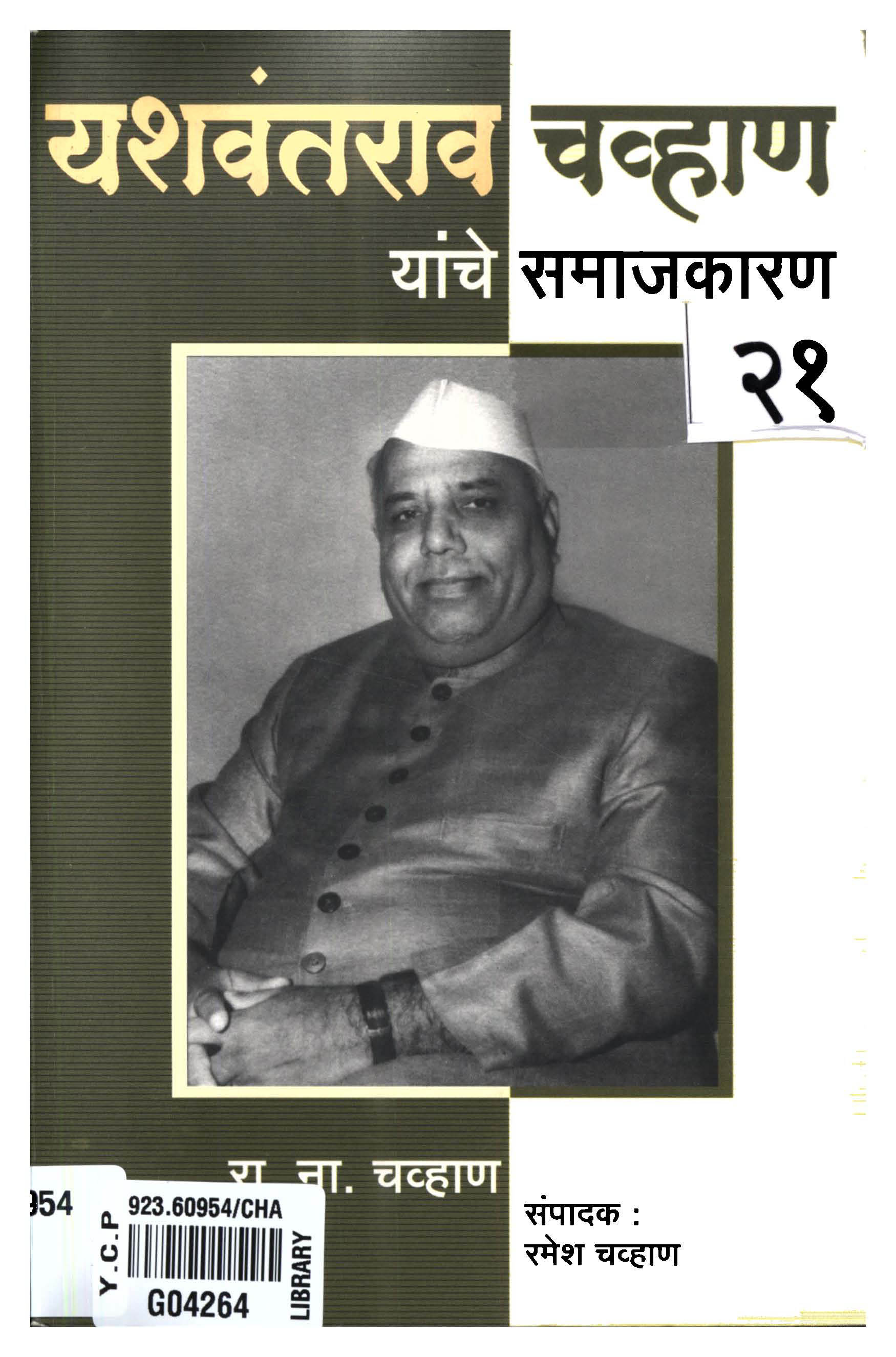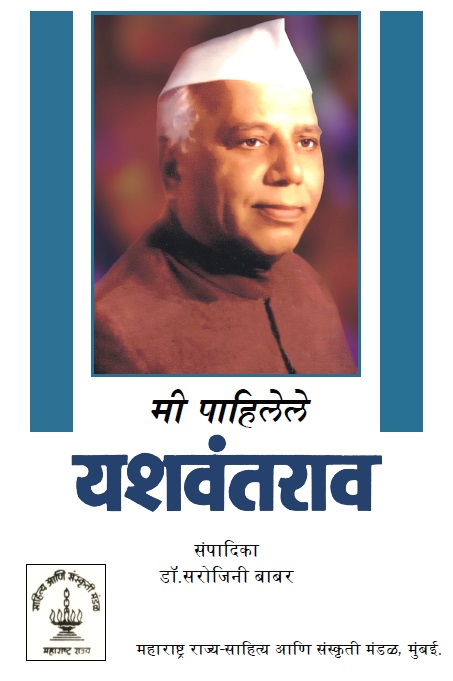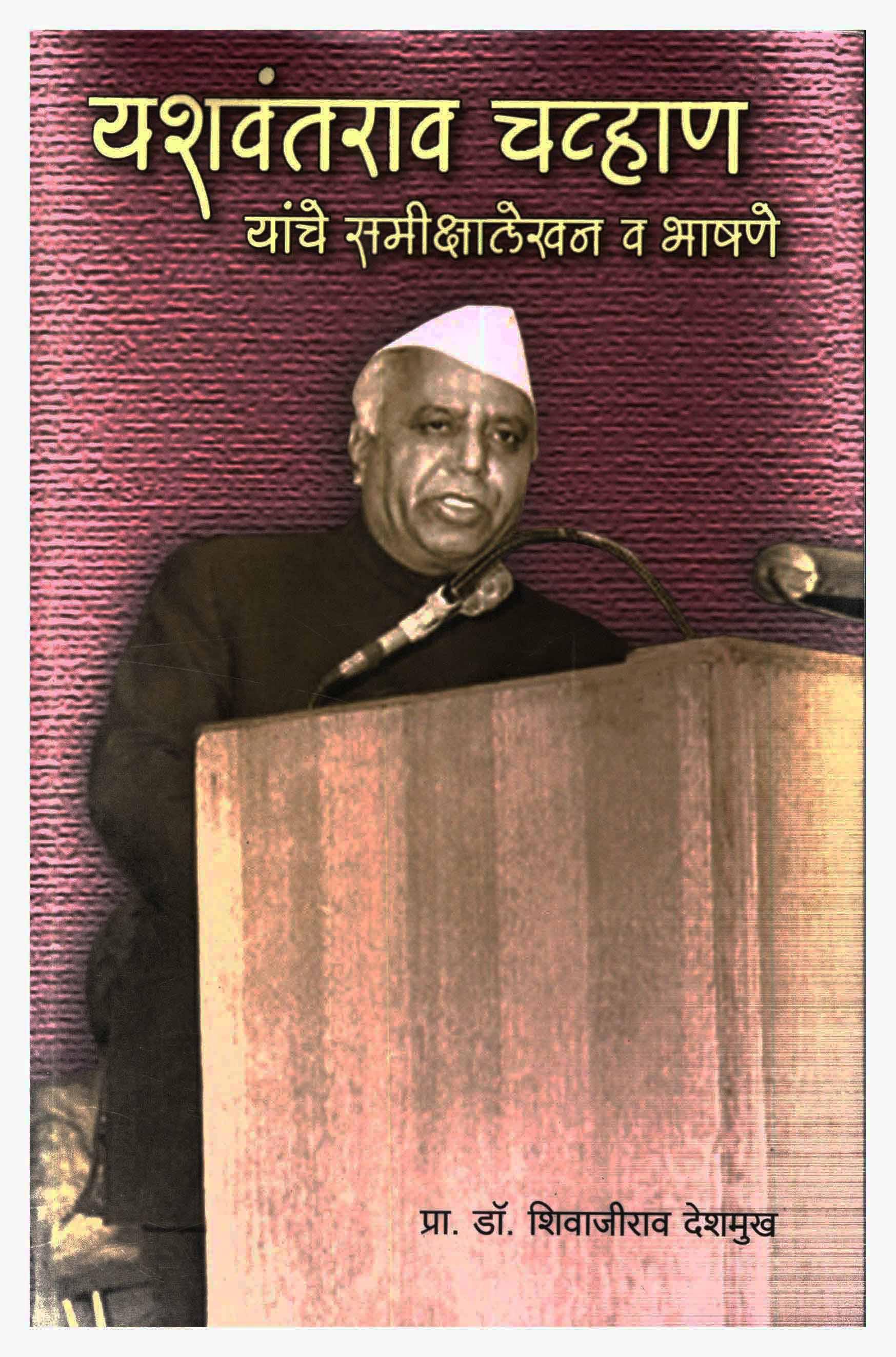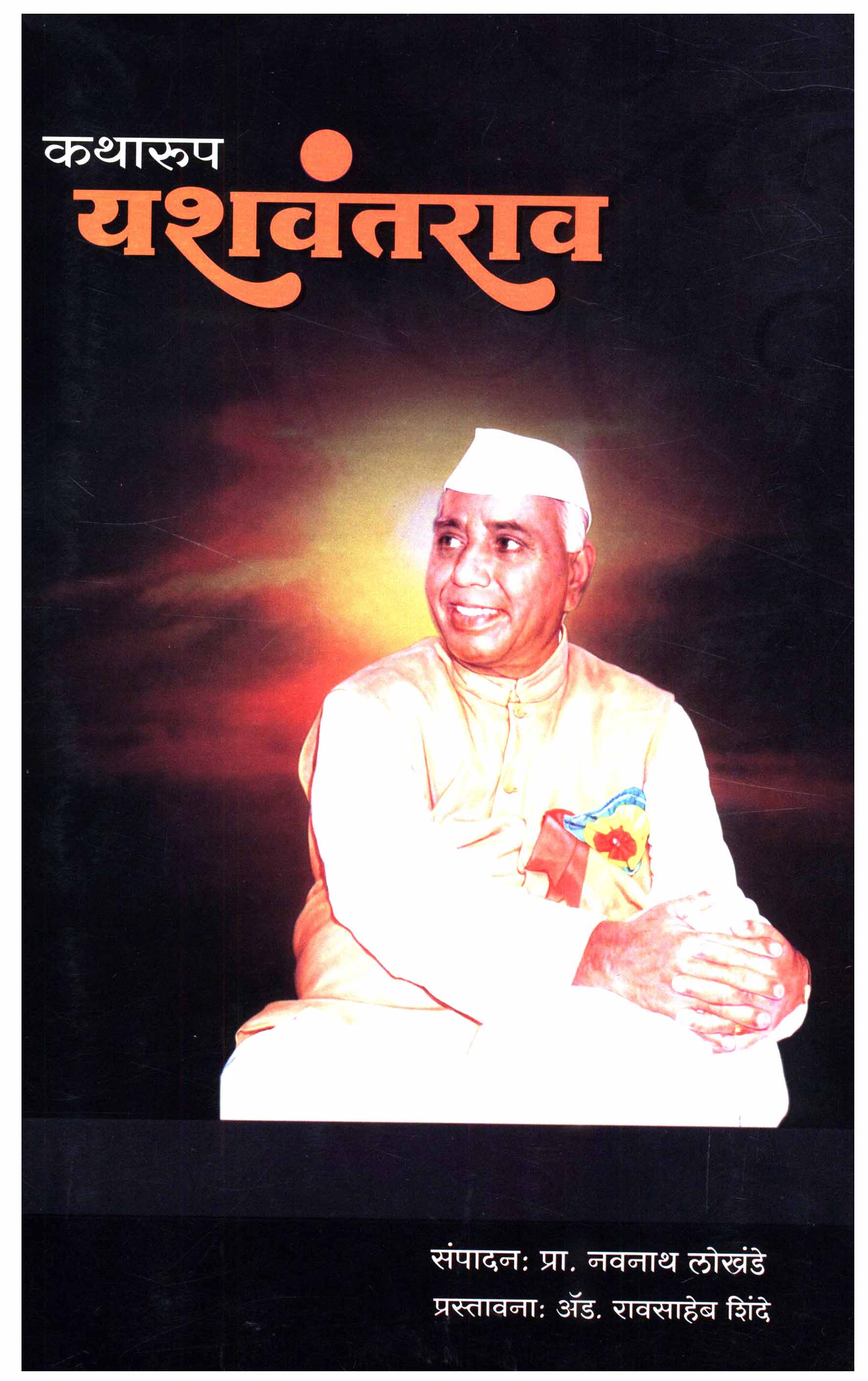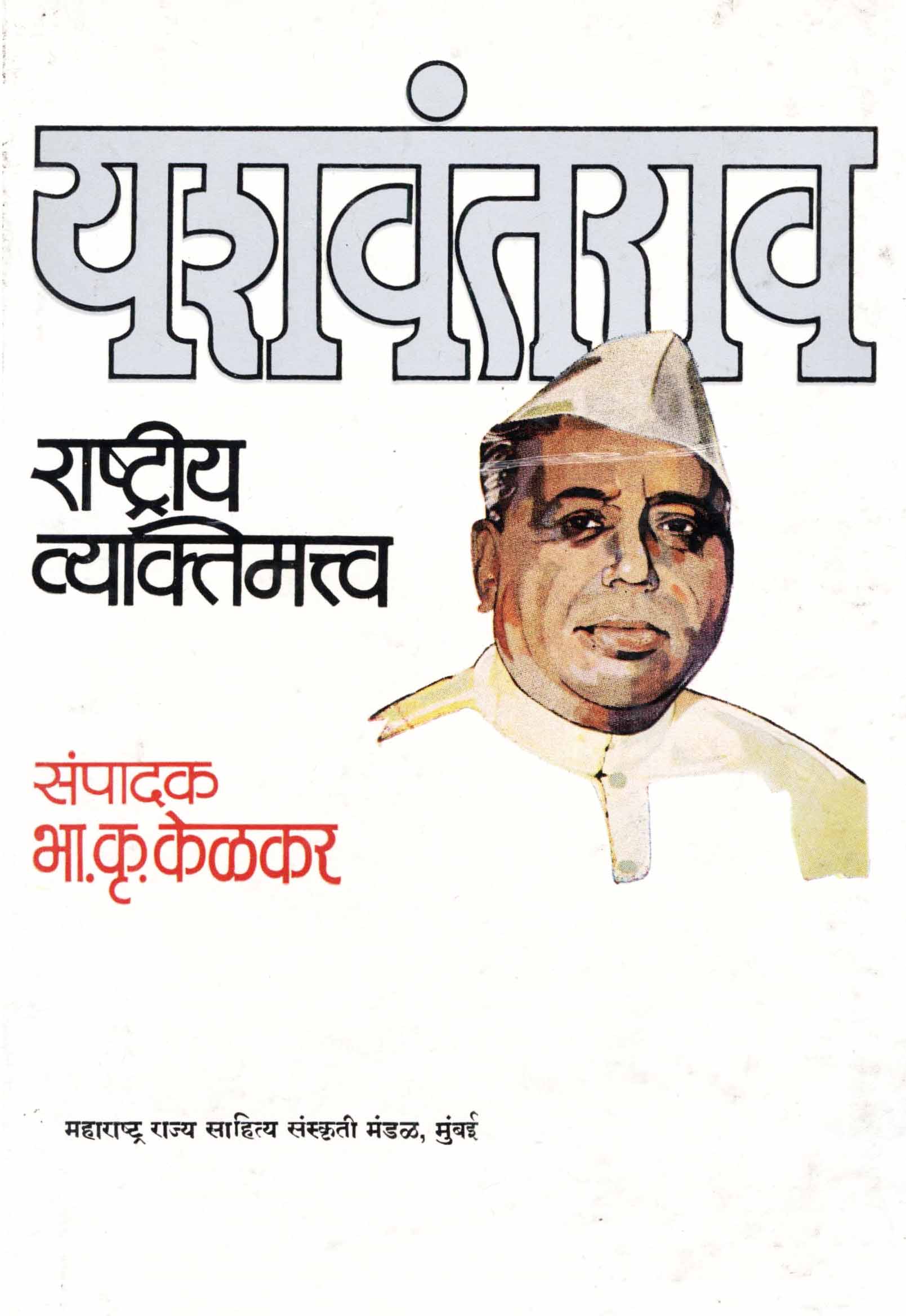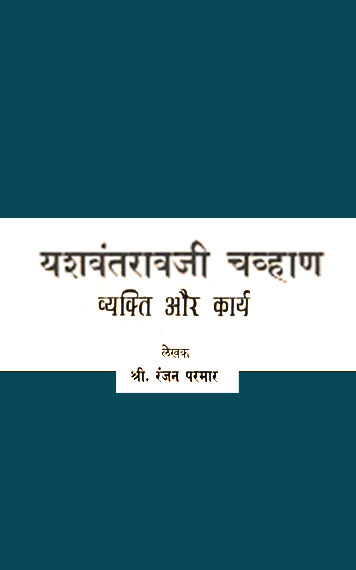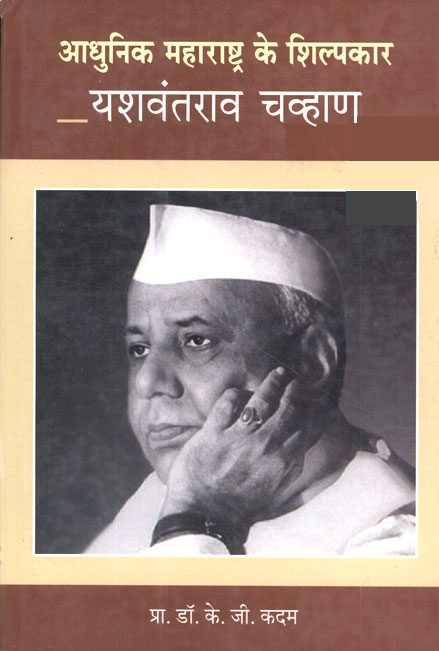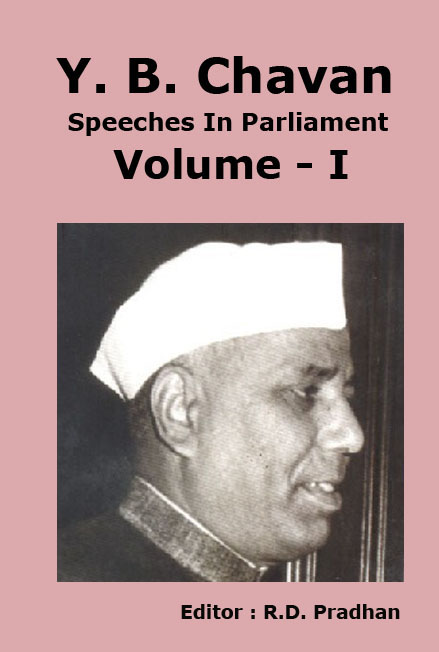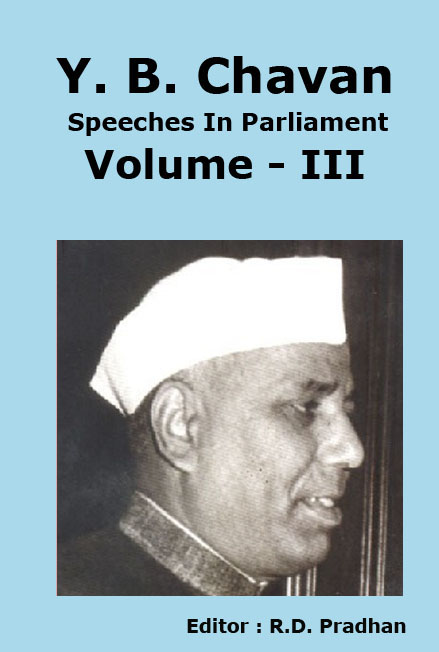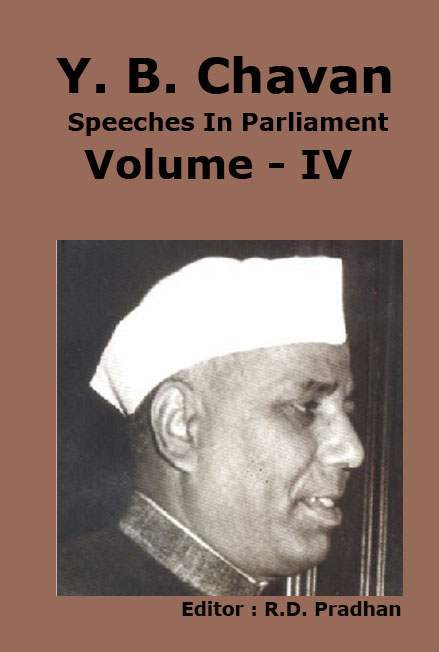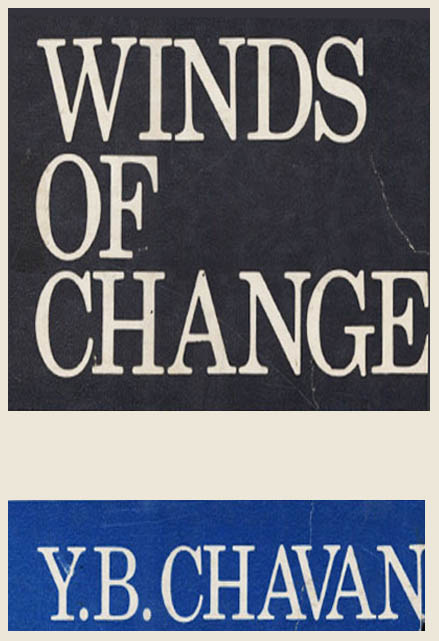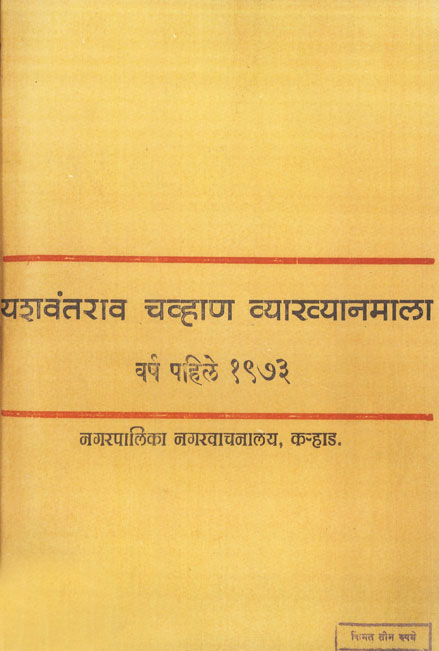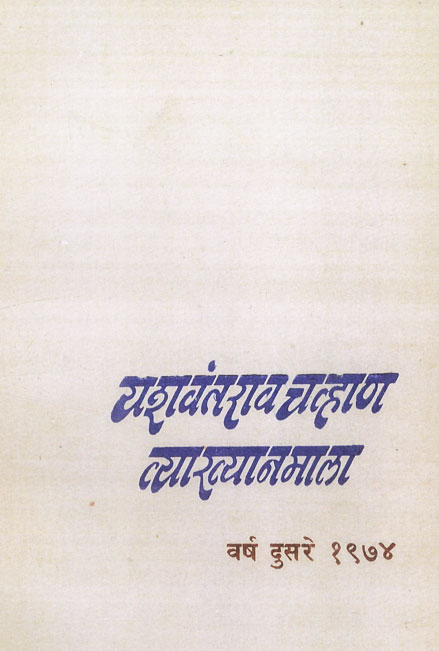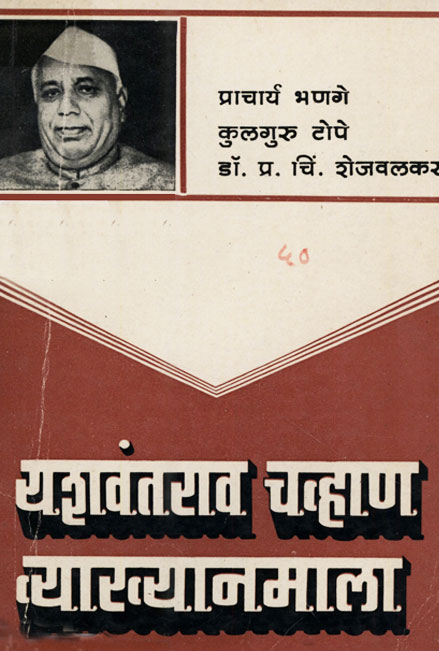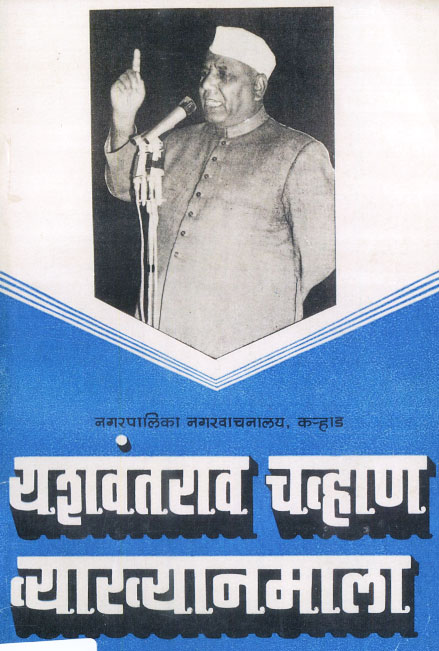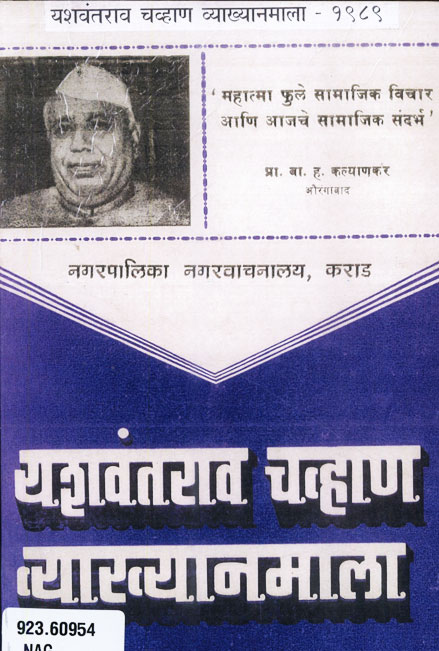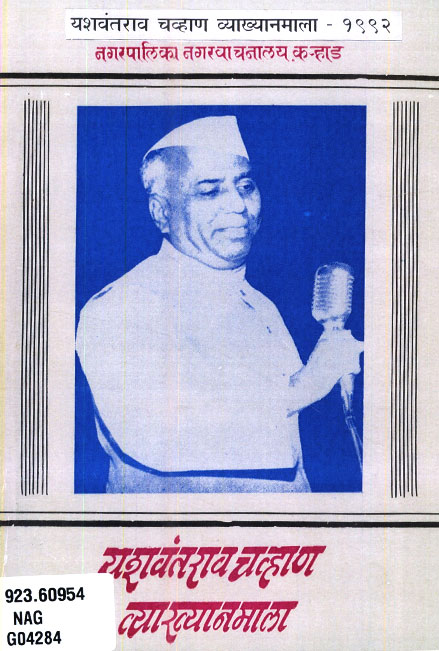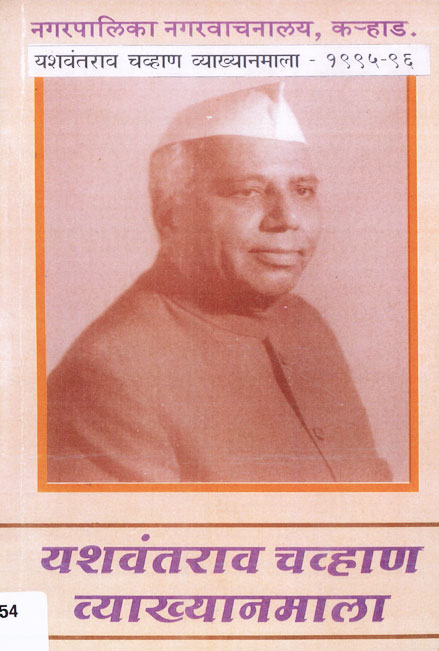Mobilisation of bank deposits on a massive scale is crucial for the development of the country. As I see it, this will have to be our first strategy in the war on poverty. Unless the deposits rise at a much faster pace, we will not be able to meet the growing needs of the economy. Dependence on the Reserve Bank in one form or another for refinance for long periods of the year is a habit which I think the banks have carried too far. Each bank will have to frame its own annual and regional plans and relate deposit collection to credit disbursement in a forward-looking way. Deposits not only provide the resources for investment and increasing employment but also serve as a means of easing inflationary pressures by fostering the saving habit among the people. It is a matter for grave concern to the Government that the over-all growth of bank deposits has been sluggish in recent months. I notice that deposit increase during the 11 months since the nationalisation has been lower than in the corresponding period of 1968-69 in the case of 8 or 10 large banks out of the 15 that you represent. I like to hear from you not only what in your opinion are the external and internal factors inhibiting the deposit growth, but also, and particularly, in what manner your banks propose to remove them. What adds to the anxiety is that while during the last year or so the branch expansion programmes of several public sector banks have been considerably intensified and a large number of branches have been opened in rural and semi-urban areas, the impact of this rate of branch expansion on deposit growth still remains to be felt appreciably. Let there be no feeling of complacency that our task ends with the opening of branches in rural areas and that deposits will be coming into the banks on their own. The results have been encouraging in isolated pockets, but, by and large, the experience so far has been far from satisfactory. For instance, in the Punjab, the rural areas which are enjoying greater prosperity than before and, possibly, than most other areas in the country, the rate of growth of deposits in the first nine months of 1969 was barely 7 per cent, which was lower than the all-India average. I would suggest that a case study be made of the efforts for deposit mobilisation which have been made in Punjab by all banks during the last one year. A study in depth of this subject should be interesting not only for the banks operating in the Punjab, but also for those in the other parts of the country. If we take a wider conspectus, the experience of the State Bank should be a pointer. As of June 1969, the contribution of new branches of the State Bank, after its nationalisation, to its additional deposits has been only 33 per cent. In other words, the older branches of the State Bank, which were mostly in metropolitan and urban areas, continued to account for nearly 67 per cent of the additional new deposits. The fact has to be squarely faced that higher rural incomes have not been finding their way into the banking system to any significant extent.

यशवंतराव चव्हाण सेंटर
जन.जगन्नाथराव भोसले मार्ग,
नरिमन पॉईंट, मुंबई – ४०००२१
दूरध्वनी : 022-22028598 / 22852081 / 22045460
फॅक्स : 91-22-22852081/82
ईमेल : info@chavancentre.org



